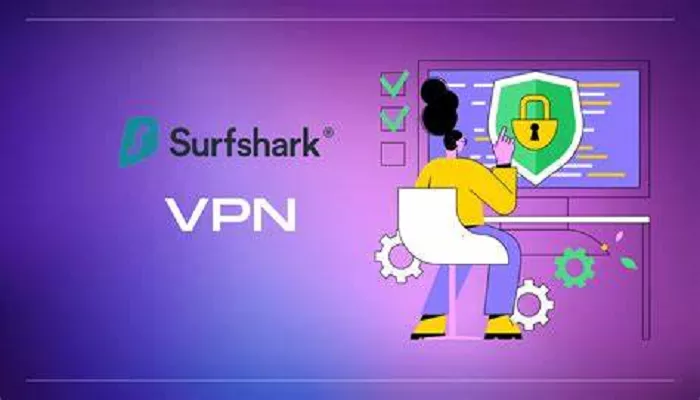In today’s digital landscape, ensuring your online privacy and security is paramount. Utilizing a Virtual Private Network (VPN) like Surfshark is a significant step toward safeguarding your data. However, many users wonder if they still need a firewall when using Surfshark. This article delves into the roles of Surfshark and firewalls, explores their interactions, and provides guidance on optimizing your network security.
Understanding Surfshark’s Security Features
Surfshark is a reputable VPN service that encrypts your internet connection, masking your IP address and routing your traffic through secure servers. This process enhances privacy and allows access to geo-restricted content. Surfshark employs various VPN protocols, each utilizing specific ports:
- WireGuard: UDP port 51820
- OpenVPN: UDP port 1194 and TCP port 443
- IKEv2: UDP ports 500 and 4500
These protocols and ports are designed to establish secure and reliable connections. However, certain firewall configurations might block these ports, potentially disrupting your VPN connection. It’s essential to ensure that your firewall settings allow these ports to facilitate uninterrupted VPN service.
The Role of Firewalls in Network Security
A firewall serves as a barrier between your internal network and external threats. It monitors and controls incoming and outgoing network traffic based on predetermined security rules, effectively blocking unauthorized access and potential threats. Firewalls can be hardware-based, software-based, or a combination of both.
While Surfshark provides encryption and privacy, a firewall adds an additional layer of security by filtering traffic and preventing unauthorized access to your devices. This dual-layered approach enhances overall network security.
Do You Need a Firewall with Surfshark?
While Surfshark offers robust security features, it does not replace the need for a firewall. A firewall complements Surfshark by:
- Blocking Unauthorized Access: Preventing malicious actors from accessing your devices.
- Filtering Malicious Traffic: Identifying and blocking harmful data packets.
- Monitoring Network Activity: Providing insights into incoming and outgoing traffic.
Therefore, using Surfshark in conjunction with a properly configured firewall offers comprehensive protection against a wide range of cyber threats.
Configuring Firewalls to Work with Surfshark
To ensure seamless operation between Surfshark and your firewall, consider the following steps:
Allow VPN Protocol Ports: Configure your firewall to permit the ports used by Surfshark’s VPN protocols (as mentioned earlier).
Disable Conflicting Features: Some firewalls have features like NAT acceleration that might interfere with VPN connections. Disabling such features can resolve connectivity issues.
Set Up Port Forwarding: If you require external devices to access services within your network (e.g., gaming servers), configure port forwarding on your firewall. Be cautious, as improper port forwarding can expose your network to risks.
Monitor Firewall Logs: Regularly review your firewall logs to identify and address potential security concerns.
It’s important to note that while Surfshark strives to work seamlessly with various firewall configurations, some users have reported issues where the VPN bypasses personal firewall rules, allowing all applications unrestricted internet access. If you experience such issues, adjusting the order of your network settings or consulting Surfshark’s support may help resolve them.
Best Practices for Enhancing Network Security with Surfshark
To maximize your online security and privacy, consider implementing the following best practices:
- Use Strong, Unique Passwords: Employ complex passwords for all your accounts and change them periodically.
- Enable Two-Factor Authentication (2FA): Add an extra layer of security to your accounts by requiring a second form of verification.
- Keep Software Updated: Regularly update your operating system, applications, and firewall firmware to patch known vulnerabilities.
- Be Cautious with Public Wi-Fi: Avoid accessing sensitive information over unsecured public networks. If necessary, use Surfshark to secure your connection on public Wi-Fi.
- Regularly Review Security Settings: Periodically assess your firewall and Surfshark settings to ensure they align with your security requirements.
Conclusion
While Surfshark significantly enhances your online privacy and security, it does not eliminate the need for a firewall. A firewall provides essential protections against unauthorized access and malicious traffic, complementing the encryption and privacy features offered by Surfshark. By configuring your firewall appropriately and following best security practices, you can create a robust defense against a wide array of cyber threats, ensuring a secure and private online experience.

